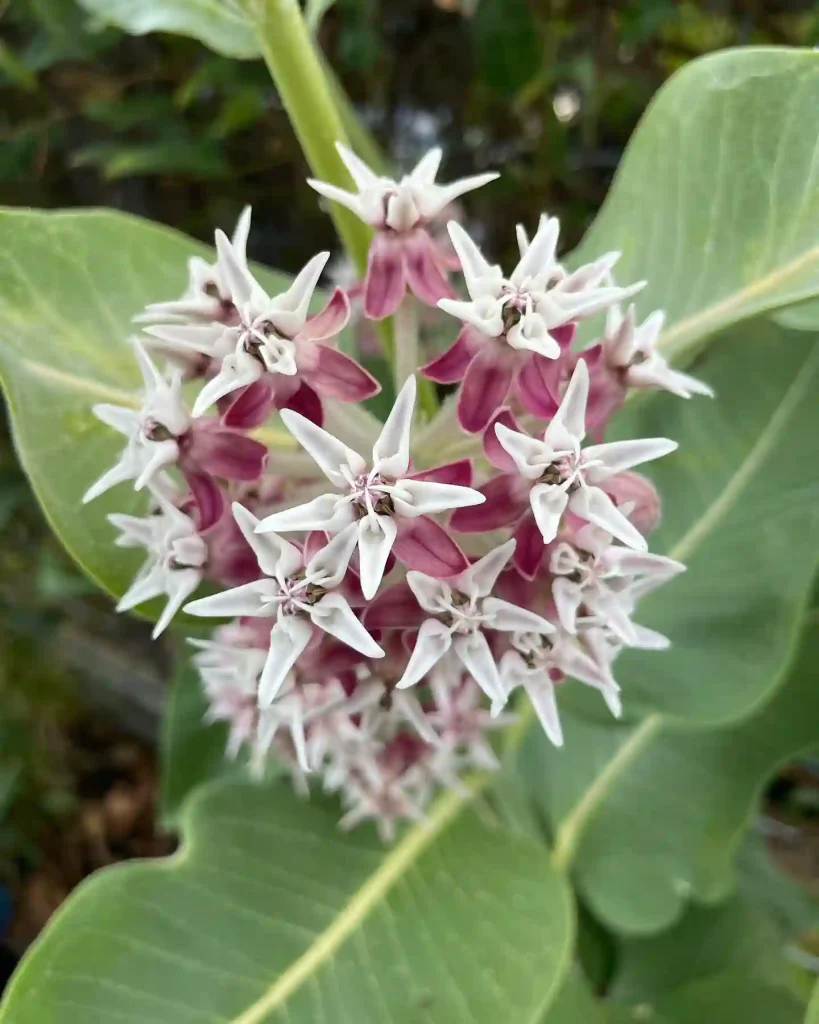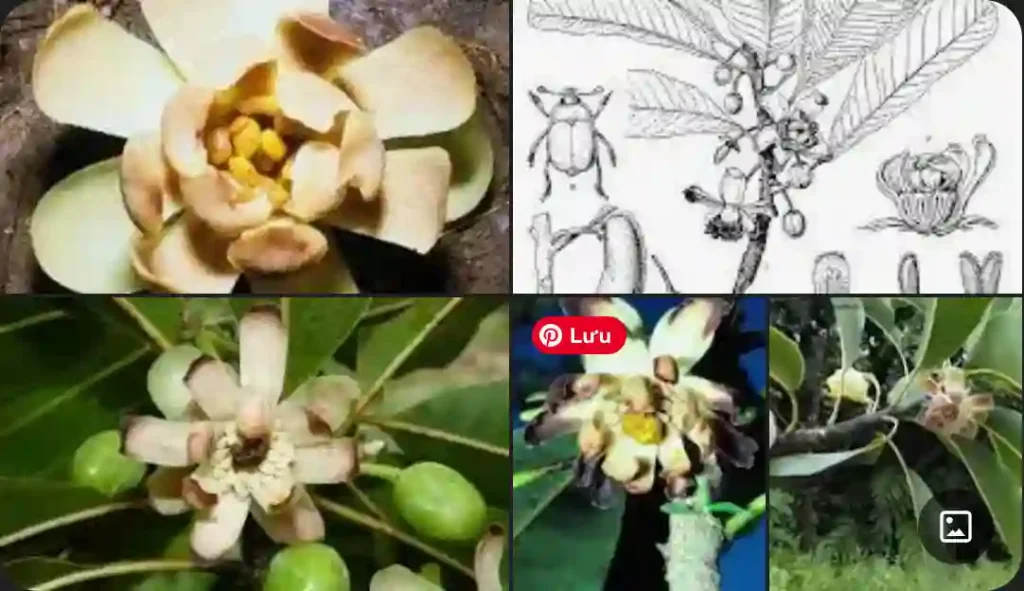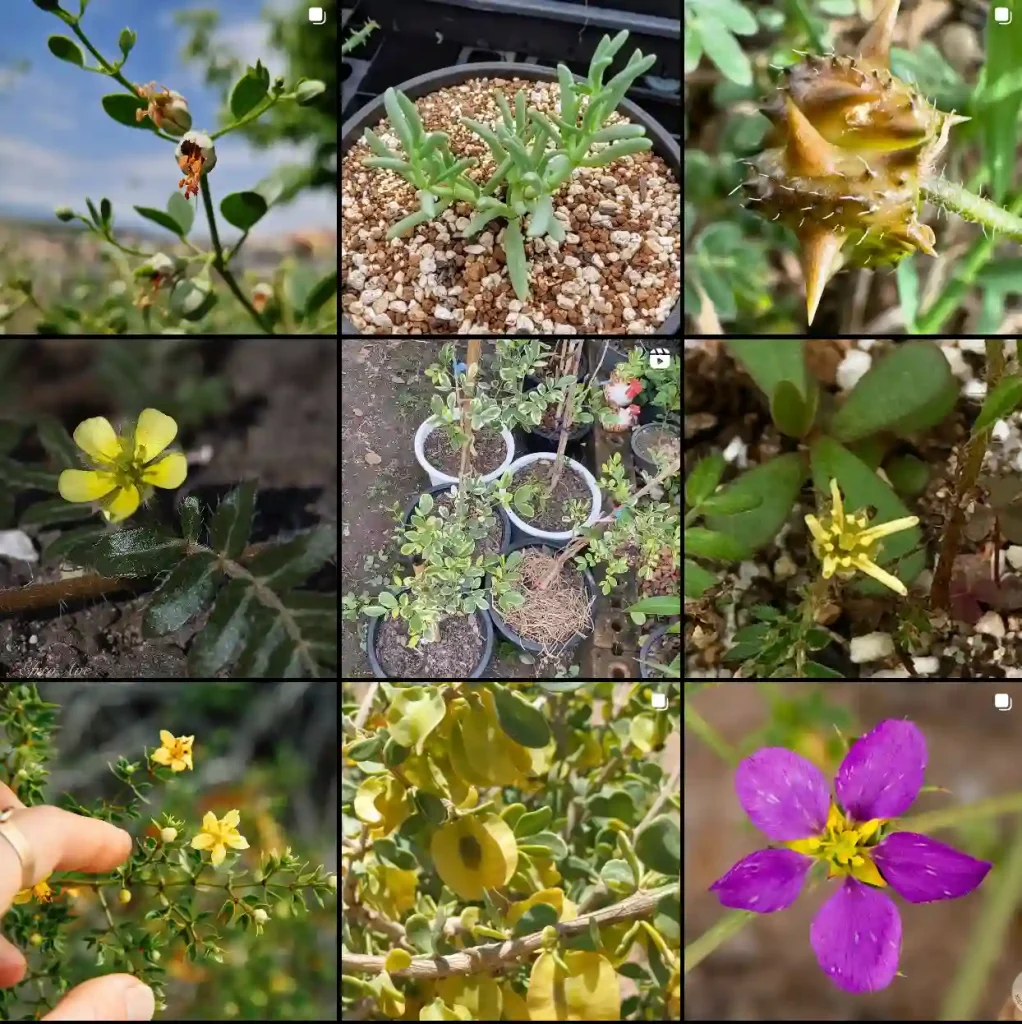My Fascination with the Polygalaceae Family
As a botanist, I’ve always been captivated by the diversity and intricacies of the plant kingdom. One family that has particularly piqued my interest is the Polygalaceae, also known as the milkwort family. This fascinating group of plants boasts a wide array of morphological characteristics, ecological adaptations, and evolutionary history that make them a subject of endless fascination for researchers and enthusiasts alike.
A Global Family
The Polygalaceae family is a cosmopolitan group of flowering plants, comprising about 30 genera and an estimated 1,000 species. They are found in a variety of habitats across the globe, from tropical rainforests to arid deserts and temperate grasslands. This widespread distribution is a testament to their remarkable adaptability and resilience.
Morphological Marvels
One of the most striking features of the Polygalaceae family is their diverse morphology. The plants range from small herbs to shrubs and even lianas, showcasing a remarkable array of growth forms. Their leaves are typically simple and alternate, while their flowers are often zygomorphic, meaning they have a bilateral symmetry. These flowers are typically arranged in racemes or spikes, and they come in a variety of colors, including pink, purple, yellow, and white.
Ecological Adaptations
The Polygalaceae family has evolved a number of fascinating ecological adaptations that enable them to thrive in a variety of environments. Some species have developed specialized root systems that allow them to access water and nutrients in challenging soils. Others have evolved mechanisms to tolerate drought, fire, or herbivory. These adaptations highlight the remarkable resilience and resourcefulness of this plant family.
Evolutionary History
The evolutionary history of the Polygalaceae family is a subject of ongoing research. Recent molecular studies suggest that the family is closely related to the Fabaceae (legume family) and the Surianaceae. The diversification of the Polygalaceae is thought to have occurred relatively recently, with many of the extant genera evolving within the last 20 million years.
Genera of the Polygalaceae Family
The Polygalaceae family encompasses a diverse range of genera, each with its unique characteristics and distribution:
- Polygala: The largest genus in the family, with over 500 species distributed worldwide. – 426 Species in Genus Polygala
- Securidaca: A genus of lianas and shrubs found in tropical regions.
- Monnina: A genus of herbs and shrubs found in the Neotropics.
- Salomonia: A genus of small herbs found in Asia and Australia.
- Xanthophyllum: A genus of trees and shrubs found in Southeast Asia.
- Acanthocladus Klotzsch ex Hassk.
- Ancylotropis B.Eriksen
- Asemeia Raf.
- Atroxima Stapf
- Badiera DC.
- Barnhartia Gleason
- Bredemeyera Willd.
- Caamembeca J.F.B.Pastore
- Carpolobia G.Don
- Comesperma Labill.
- Diclidanthera Mart.
- Epirixanthes Blume
- Eriandra P.Royen & Steenis
- Gymnospora (Chodat) J.F.B.Pastore
- Hebecarpa (Chodat) J.R.Abbott
- Heterosamara Kuntze
- Hualania Phil.
- Monrosia Grondona
- Moutabea Aubl.
- Muraltia DC.
- Phlebotaenia Griseb.
- Polygaloides Haller
- Rhamphopetalum J.F.B.Pastore & M.Mota
- Rhinotropis (S.F.Blake) J.R.Abbott
- Senega (DC.) Spach
Economic and Medicinal Importance
The Polygalaceae family has a long history of use by humans. Many species are used in traditional medicine to treat a variety of ailments, including respiratory problems, skin diseases, and digestive disorders. Some species are also used as food sources or for their ornamental value.
Conservation Concerns
Despite their remarkable adaptability, many species in the Polygalaceae family are facing threats due to habitat loss, overexploitation, and climate change. Several species are listed as endangered or vulnerable, highlighting the need for conservation efforts to protect this valuable plant family.
Conclusion
The Polygalaceae family is a captivating group of plants that showcases the remarkable diversity and resilience of the plant kingdom. Their widespread distribution, diverse morphology, ecological adaptations, and evolutionary history make them a subject of endless fascination for researchers and enthusiasts alike. As we continue to explore and understand this remarkable family, we gain a deeper appreciation for the intricate web of life that connects all living things on our planet.
If i die, water my plants!



